Fire Extinguisher UL Rating: What it Means
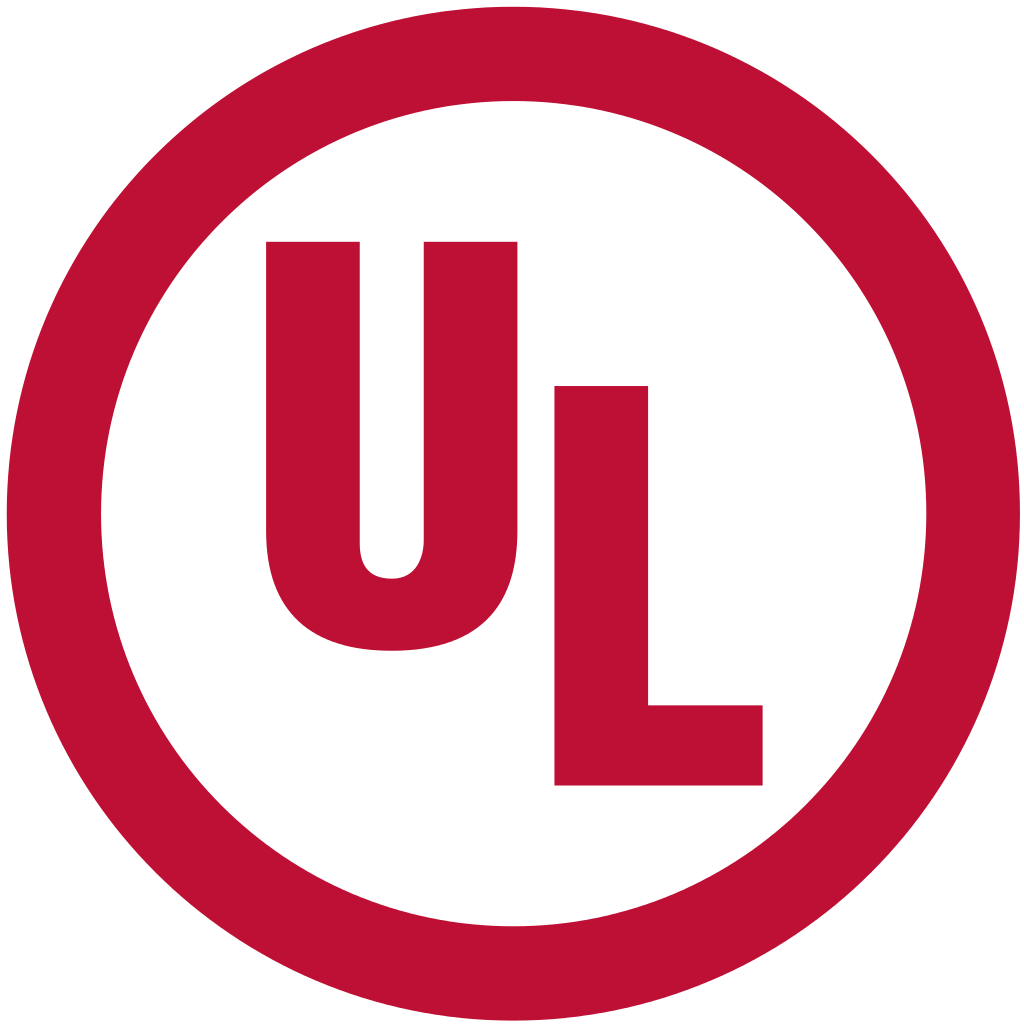
Fire Extinguisher UL Rating: What it Means
In another article we discussed the different types/classes of fires – the typical fuel source, common settings in which a certain class of fire is likely to occur, and the most effective type of fire extinguisher to combat the different classes of fires. A quick review:
- Class A: Wood, paper, cloth, plastics, trash
- Class B: Flammable liquids – gasoline, grease, oil, acetone, and flammable gases
- Class C: Electrical fires, energized electrical equipment fires
- Class D: Metal fires involving magnesium, sodium, potassium and sodium-potassium alloys
- Class K: Cooking oil fires
The article also discussed the distinguishing characteristics of the different types of fire extinguishers – common fire combating agents used, and the advantages and disadvantages of each.
Each of these types of fire extinguishers comes with a UL Rating on its label. UL stands for Underwriters Laboratories, a not-for-profit organization dedicated to public safety. UL performs product testing for evaluation of safety risk and performance values on a vast variety of products and offers third-party certification when certain standards are met. A UL listing on a product means that the product has been tested and determined that it meets UL’s requirements which are based on nationally recognized safety standards.
Fire extinguisher capacity is rated in accordance with ANSI/UL 771: Rating and Fire Testing of Fire Extinguishers. The ratings are described using numbers preceding the class (Class of fire) letter. Fire extinguishers are labeled to identify the classes/types of fire (Class A, B, C, D, or K) on which the extinguisher will be effective and the relative fire extinguishing effectiveness or capacity. The UL rating is commonly broken down into Class A and Class B:C ratings. For example, if an extinguisher’s label has the following rating 6A:30B:C. it provides the following information:
- A = Class A fire and the amount of chemicals/agent in the extinguisher equivalent to the amount of water the extinguisher holds equal to 1.25 gallons of water. The number 6 that precedes the class fire letter A is the number of equivalents. Therefore, the 6A equates to 7.5 gallons of water extinguishing capability (6 x 1.25 = 7.5).
- B = the amount of square footage that the extinguisher can cover or able to extinguish. The number 30 that precedes the letters B:C is the number of equivalents. Therefore, a 30B equates to being able to extinguish 30 square feet of a Class B fire.
- C = means agent is non-conductive and could also be used on a Class C fire.
It should be noted that there is not a numerical rating for Class C, Class D or Class K fires. Class C fires are essentially either a Class A or Class B fire involving energized electrical equipment where the fire extinguishing agent must be non-conductive and should be based on the Class A or Class B component. A fire extinguisher with a rating of 4A:K would contain the equivalent of 5 gallons of agent approved to be used on a Class K fire.
Fire Extinguisher Options Available for Purchase at OnlineSafetyDepot.com
-
Product on sale
 Amerex® 30 lb Sodium Chloride Fire Extinguisher w/ Wall HookOriginal price was: $1,289.99.$998.80Current price is: $998.80.
Amerex® 30 lb Sodium Chloride Fire Extinguisher w/ Wall HookOriginal price was: $1,289.99.$998.80Current price is: $998.80. -
Product on sale
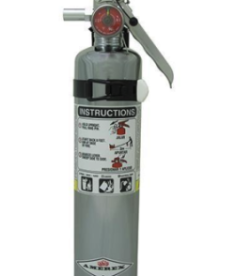 Amerex 2.5 lb ABC Chrome Fire Extinguisher For Vehicle or Marine UseOriginal price was: $345.99.$309.99Current price is: $309.99.
Amerex 2.5 lb ABC Chrome Fire Extinguisher For Vehicle or Marine UseOriginal price was: $345.99.$309.99Current price is: $309.99. -
Product on sale
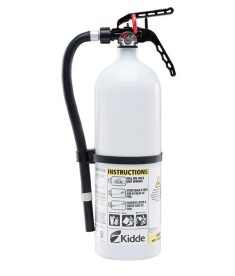 Kidde Non-Magnetic MRI 5-Pound ABC Extinguisher – with Wall HookOriginal price was: $252.42.$241.48Current price is: $241.48.
Kidde Non-Magnetic MRI 5-Pound ABC Extinguisher – with Wall HookOriginal price was: $252.42.$241.48Current price is: $241.48. -
Product on sale
 Badger™ Extra Water Extinguisher 2.5 gal with Wall HookOriginal price was: $245.99.$235.99Current price is: $235.99.
Badger™ Extra Water Extinguisher 2.5 gal with Wall HookOriginal price was: $245.99.$235.99Current price is: $235.99. -
Product on sale
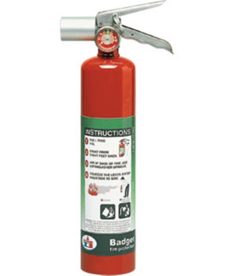 Badger™ Extra 2.5-Pound Halotron® I Extinguisher with Vehicle BracketOriginal price was: $422.85.$388.85Current price is: $388.85.
Badger™ Extra 2.5-Pound Halotron® I Extinguisher with Vehicle BracketOriginal price was: $422.85.$388.85Current price is: $388.85. -
Product on sale
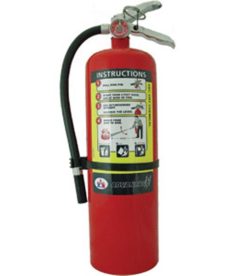 Badger™ Advantage™ Extinguisher 10-Pound ABC-Class with Wall BracketOriginal price was: $194.94.$180.13Current price is: $180.13.
Badger™ Advantage™ Extinguisher 10-Pound ABC-Class with Wall BracketOriginal price was: $194.94.$180.13Current price is: $180.13.
